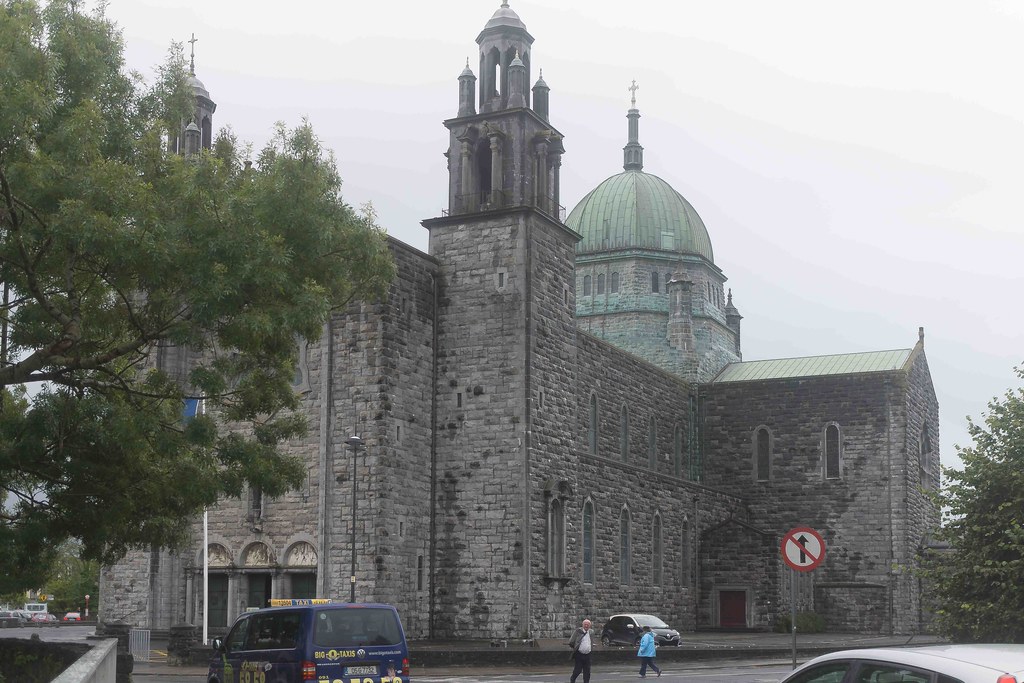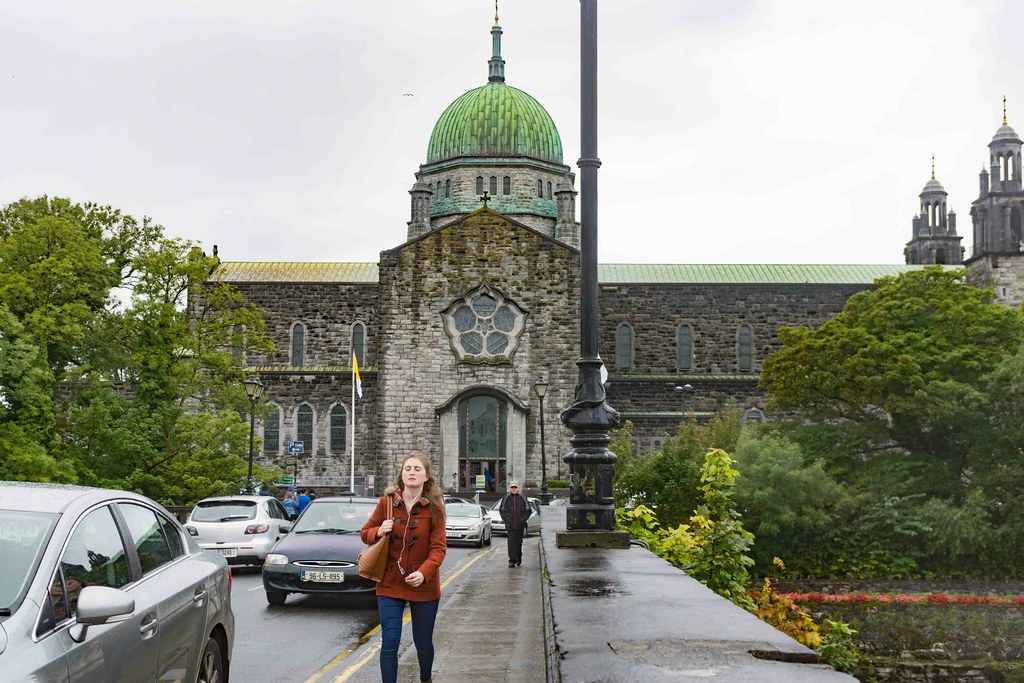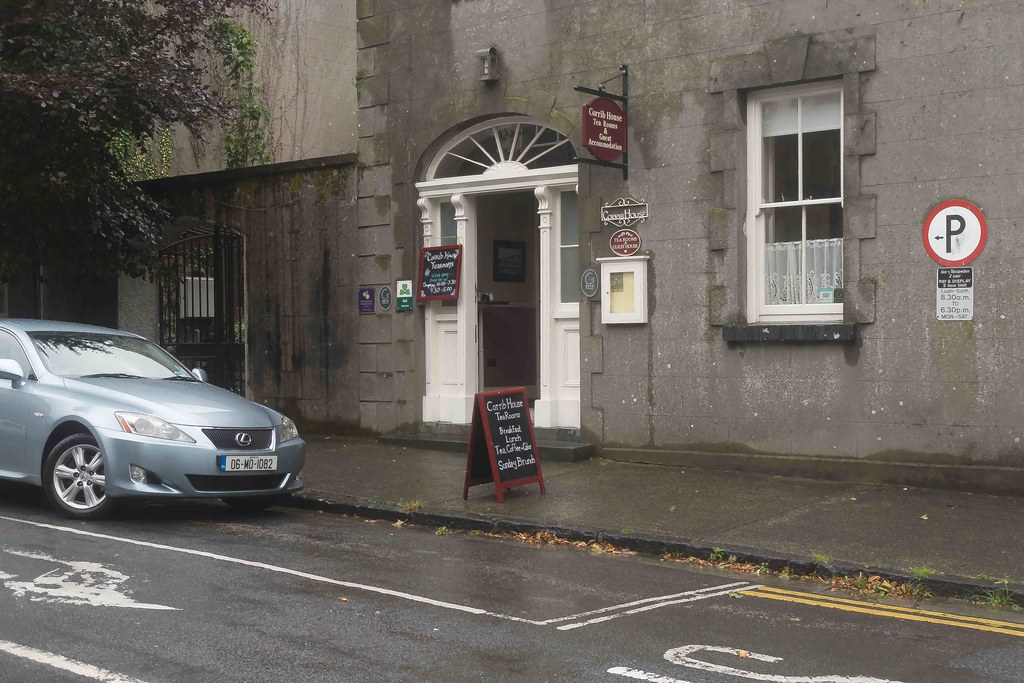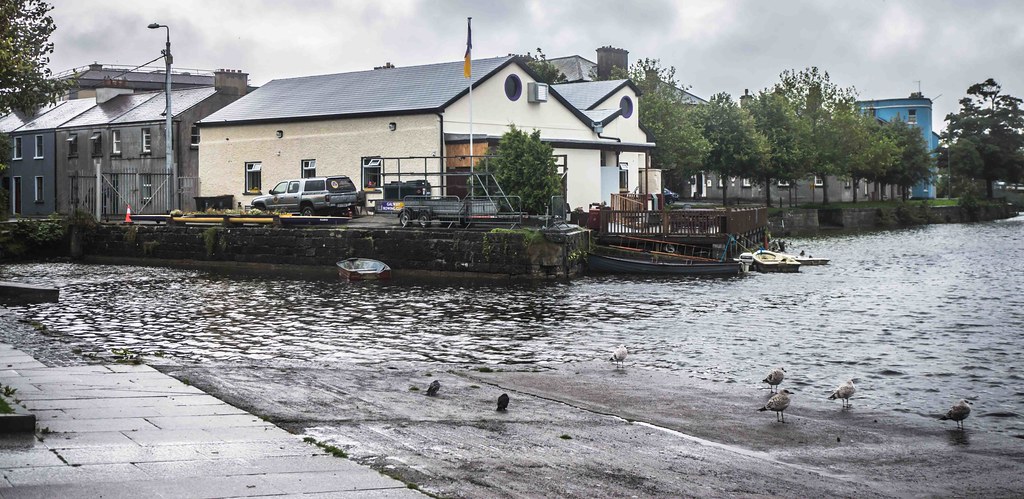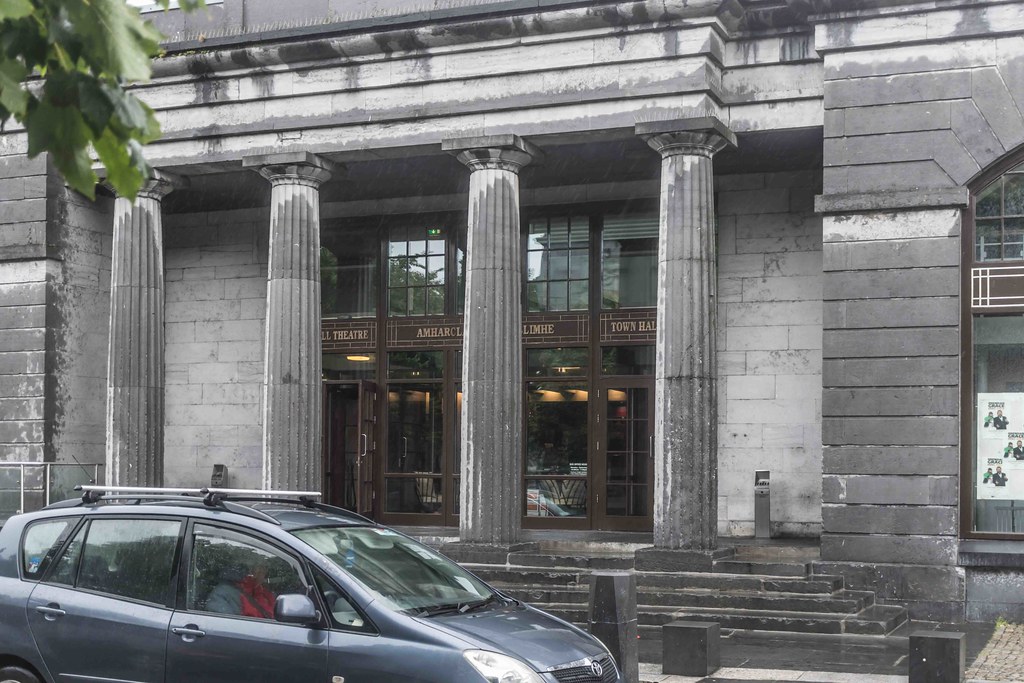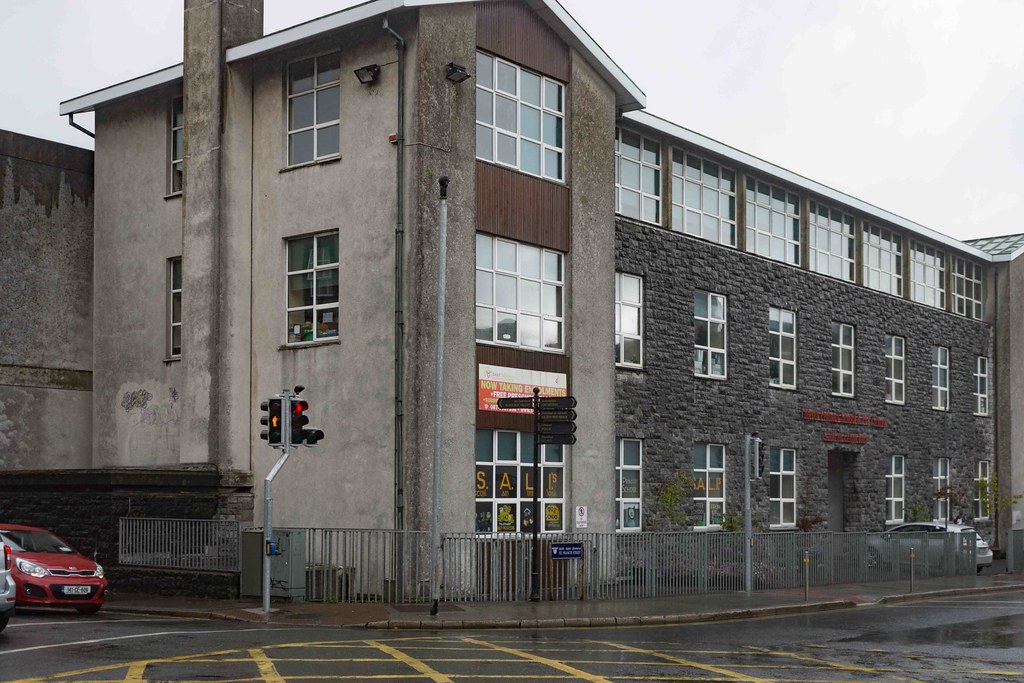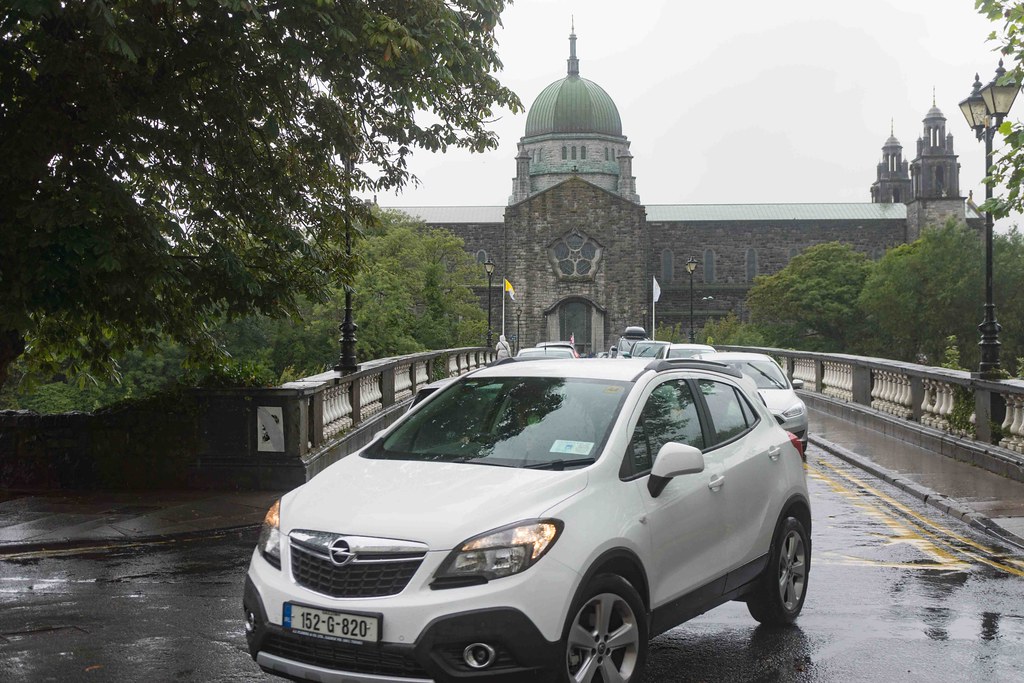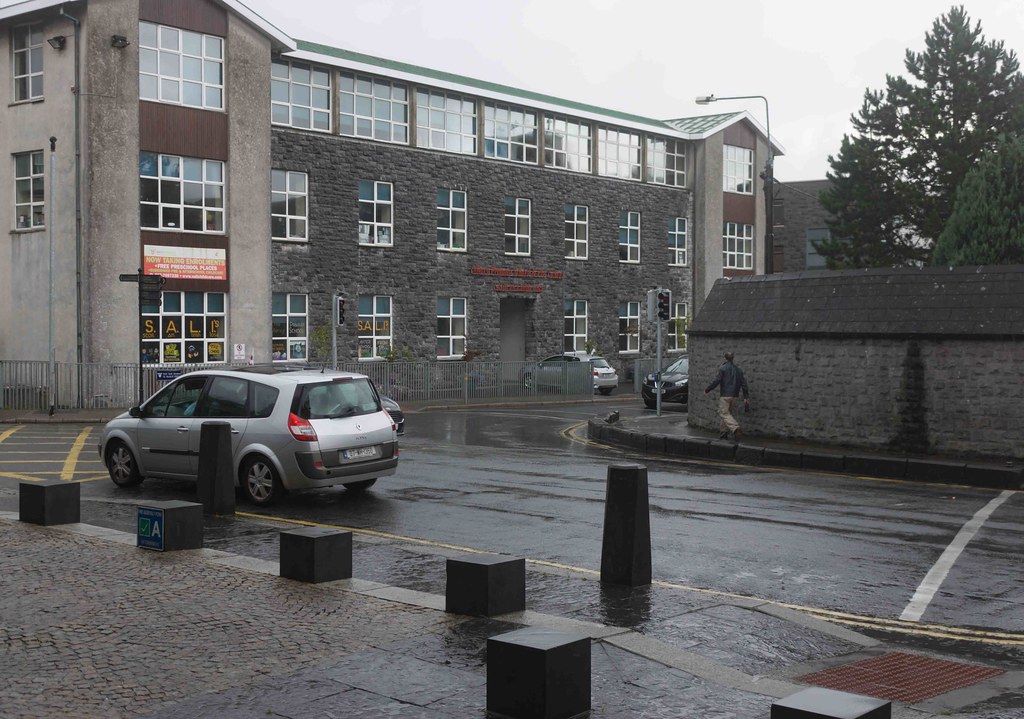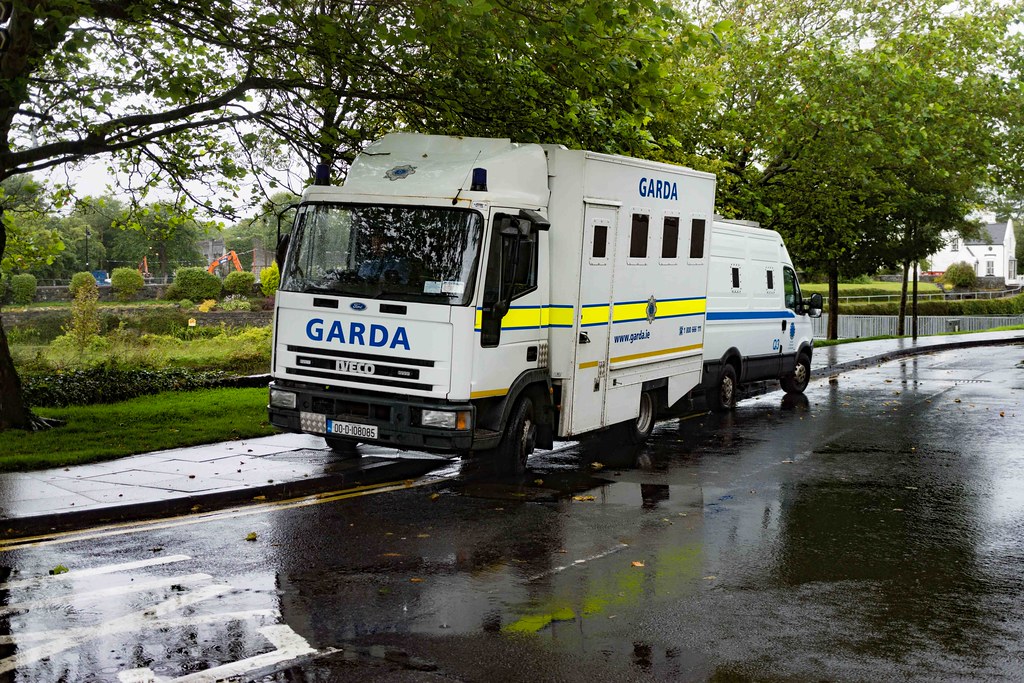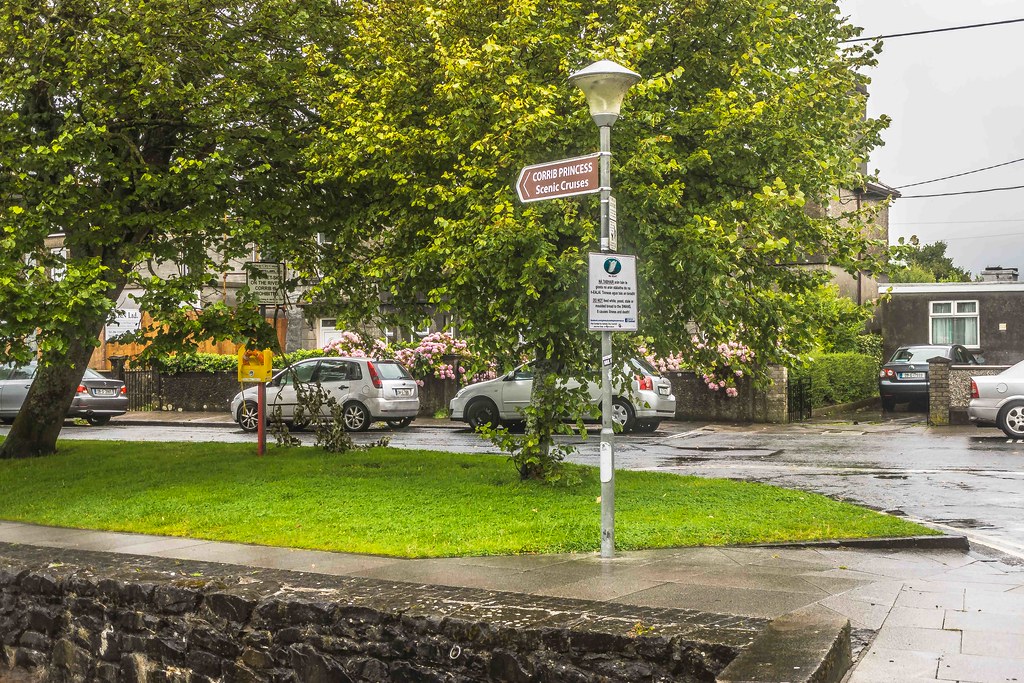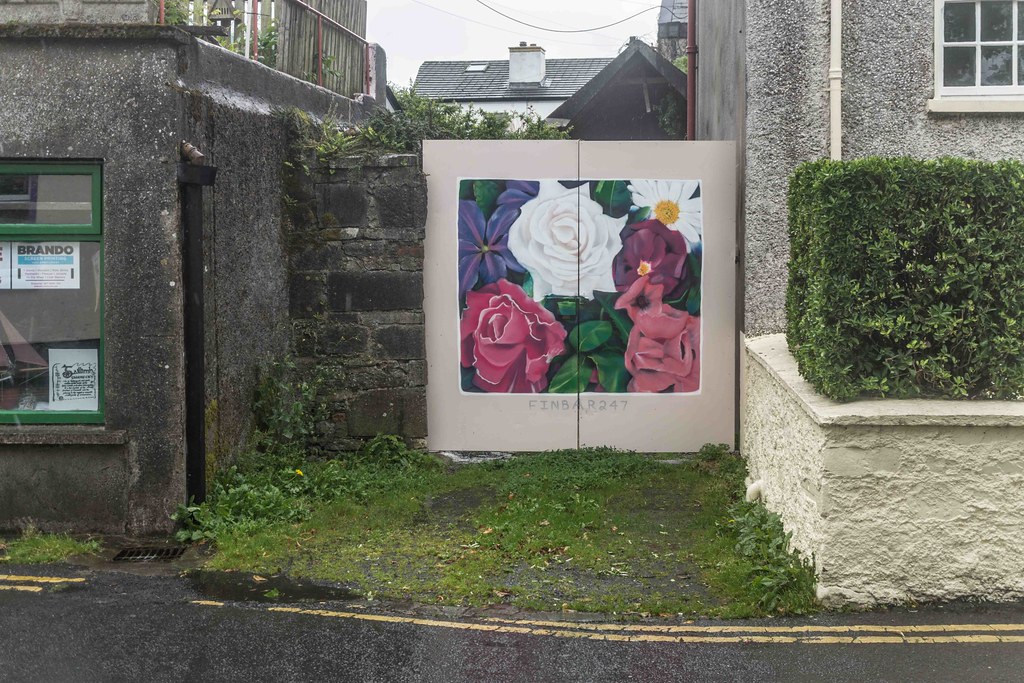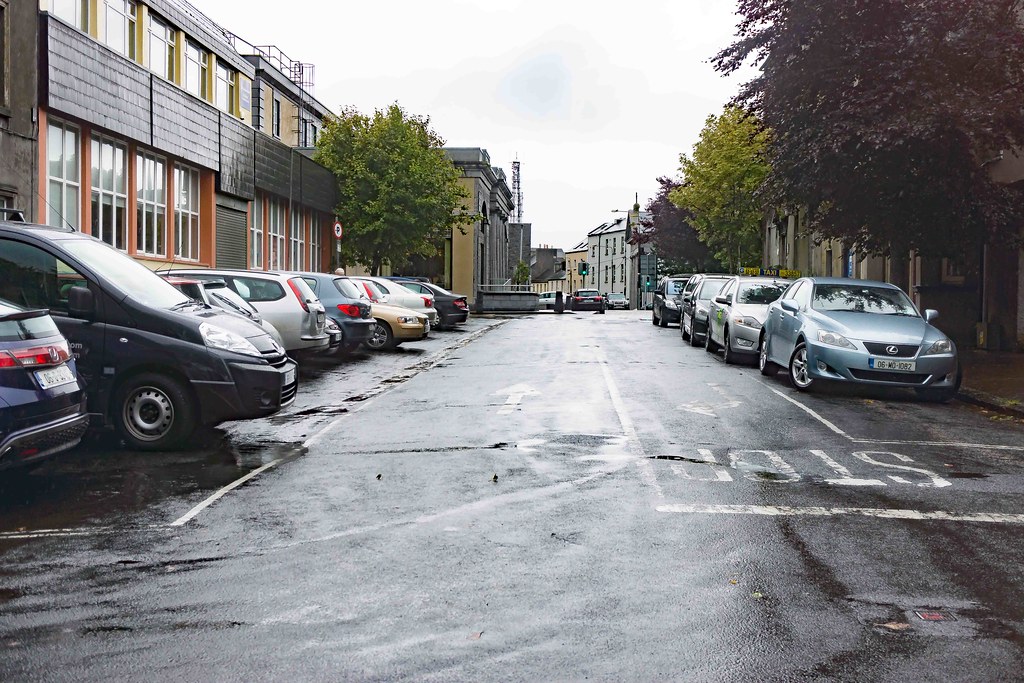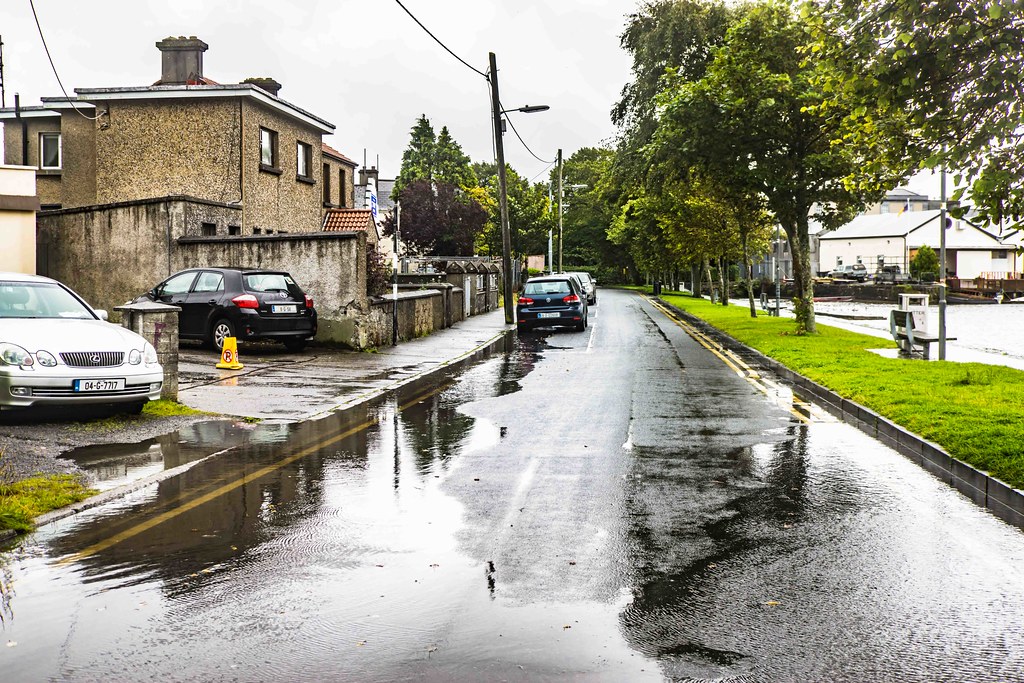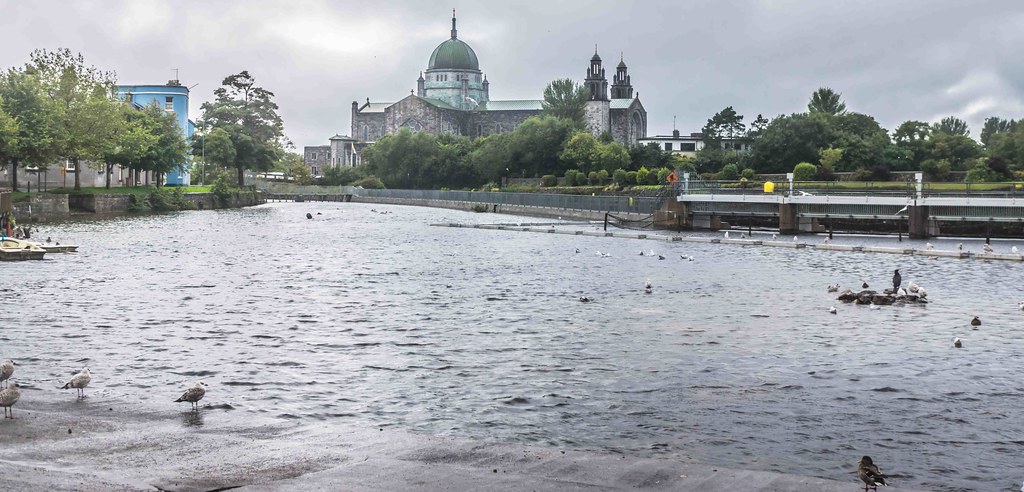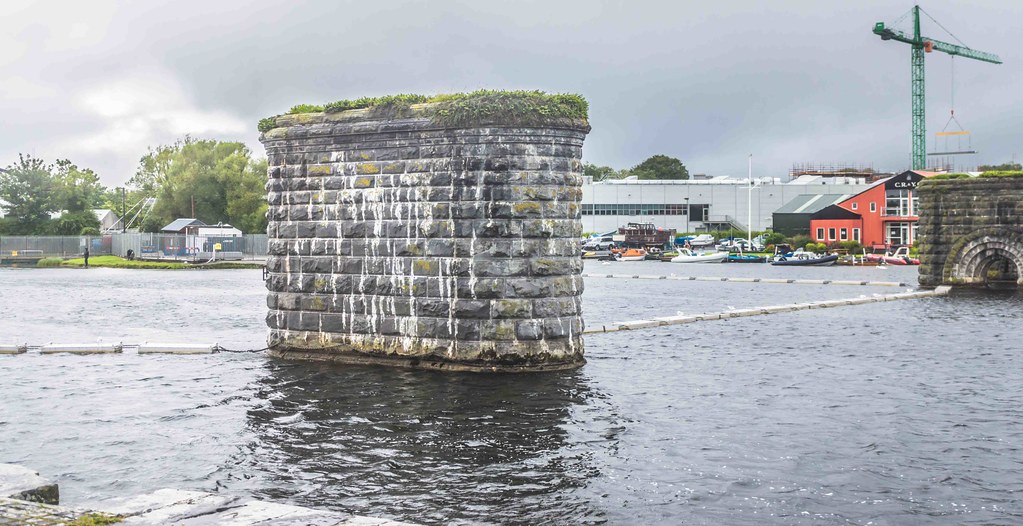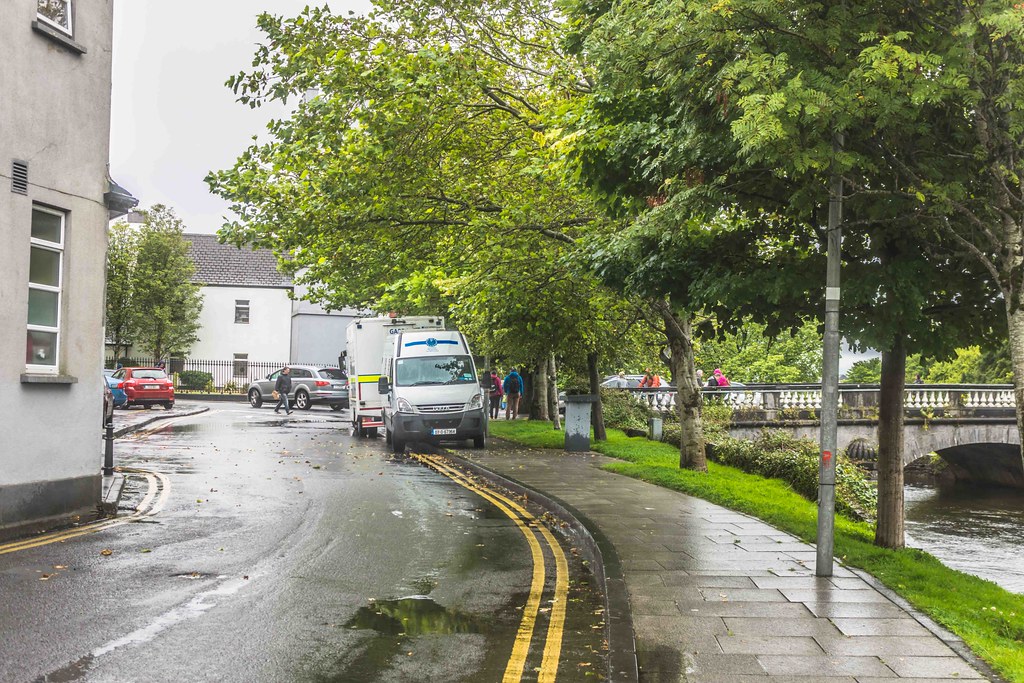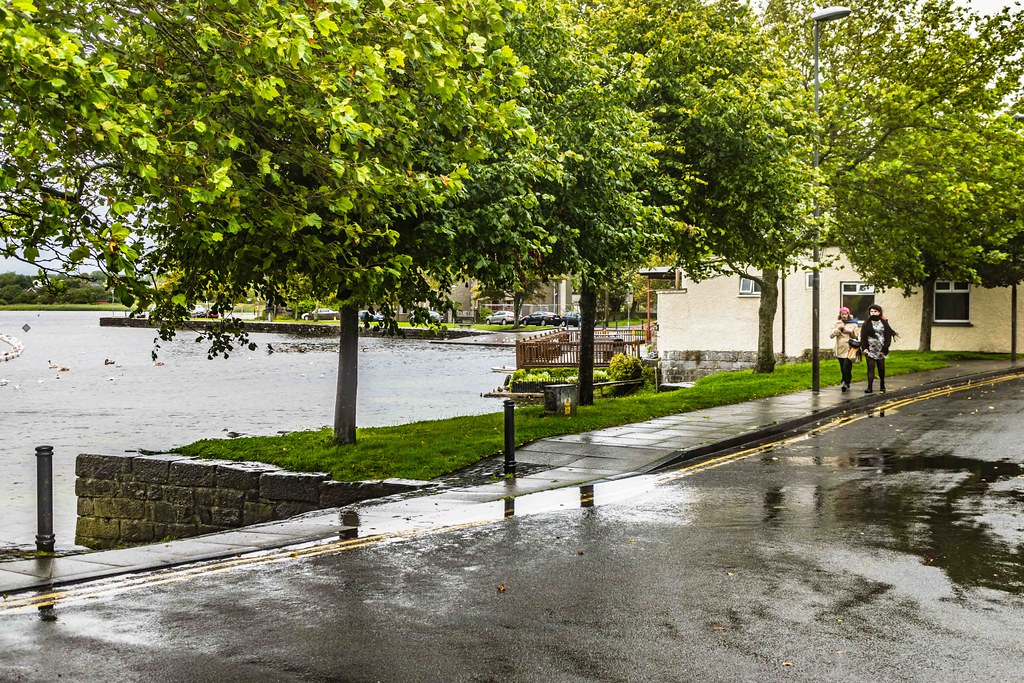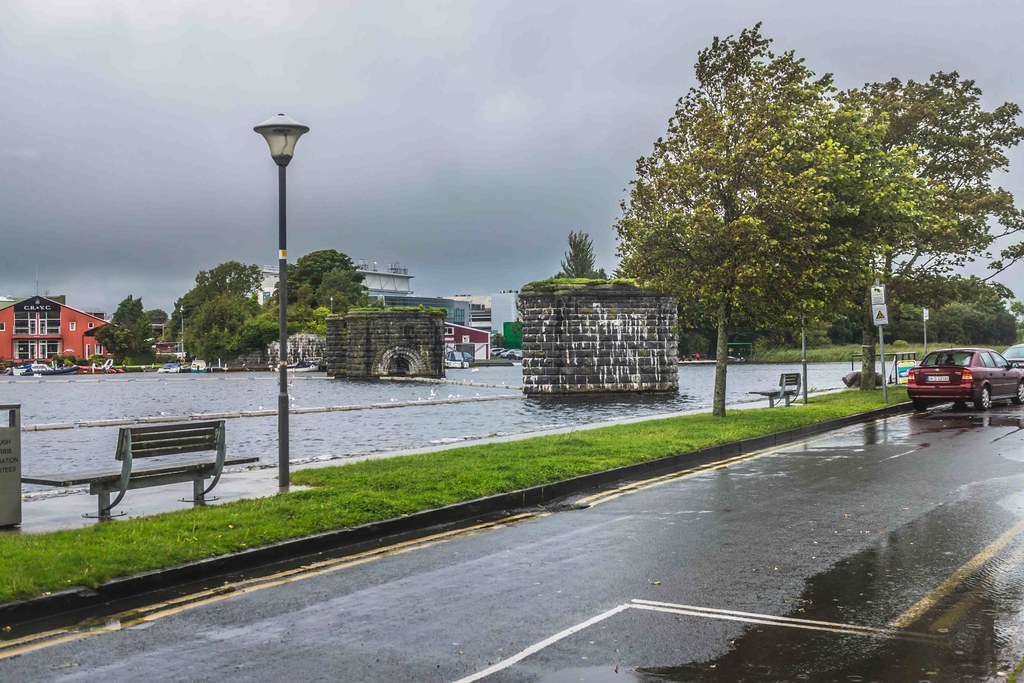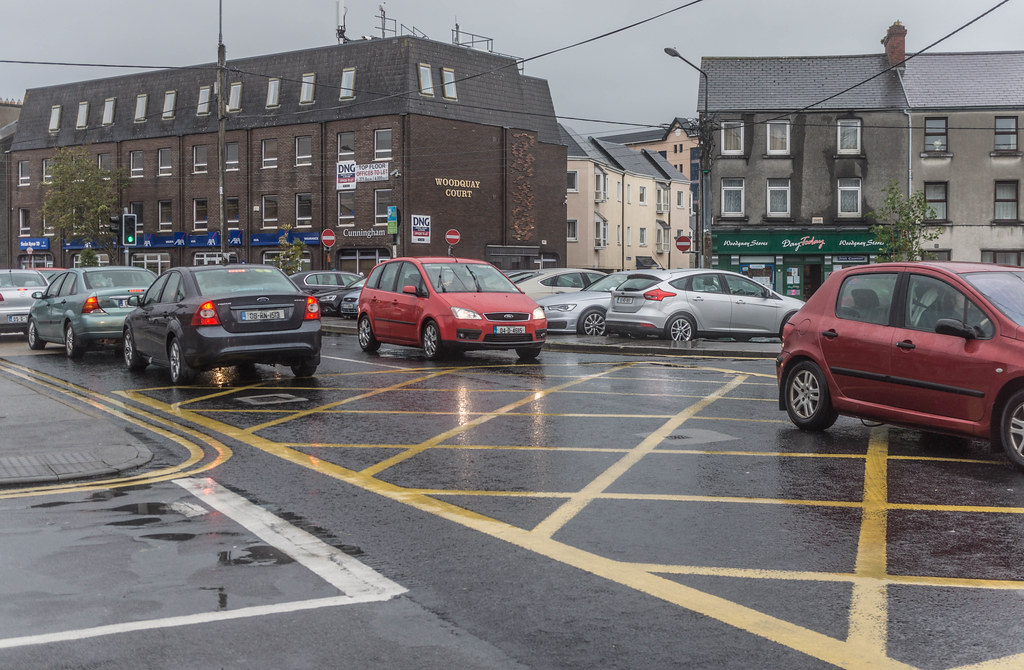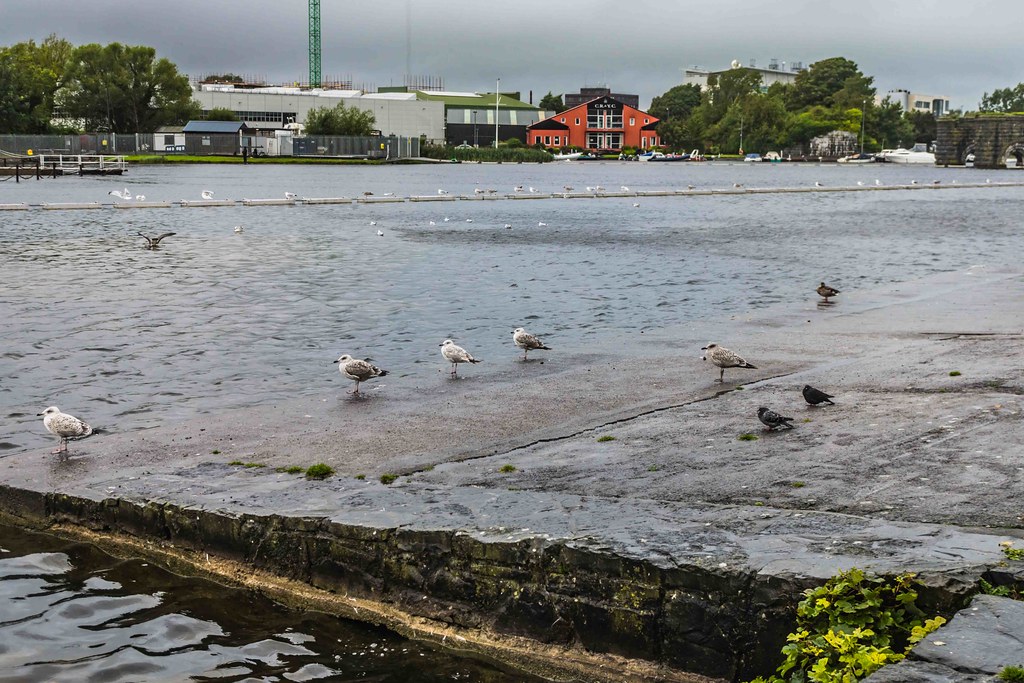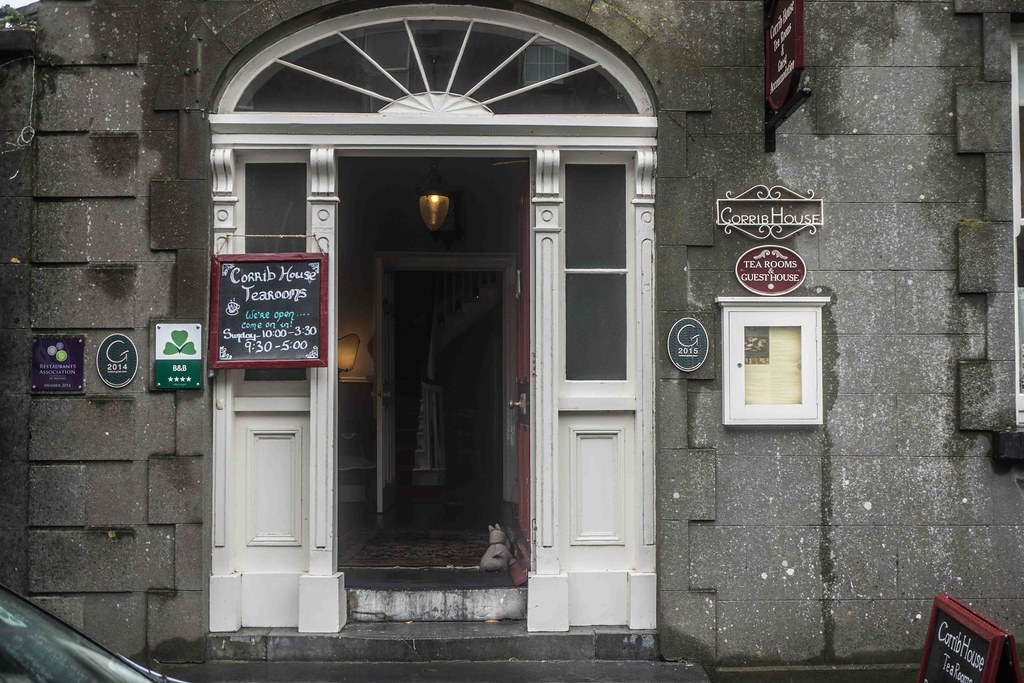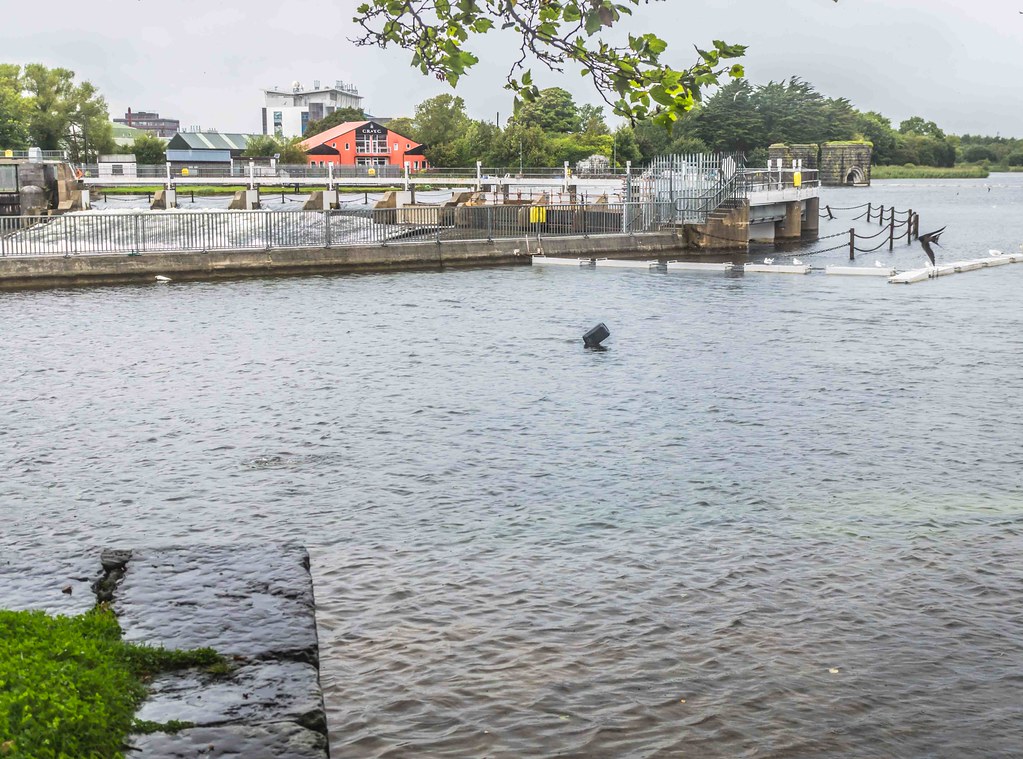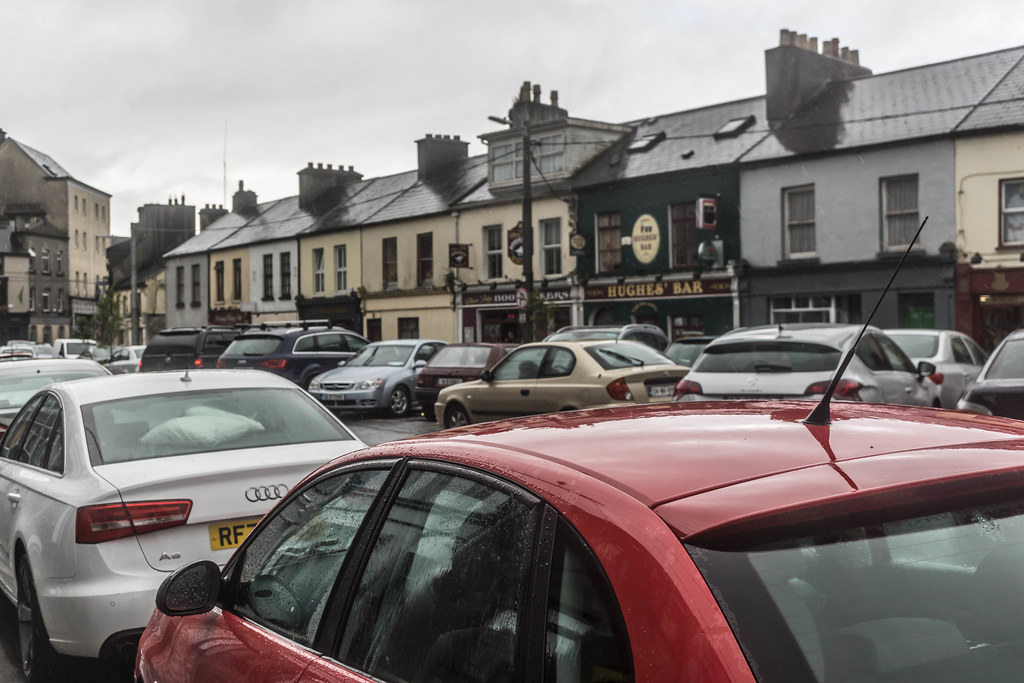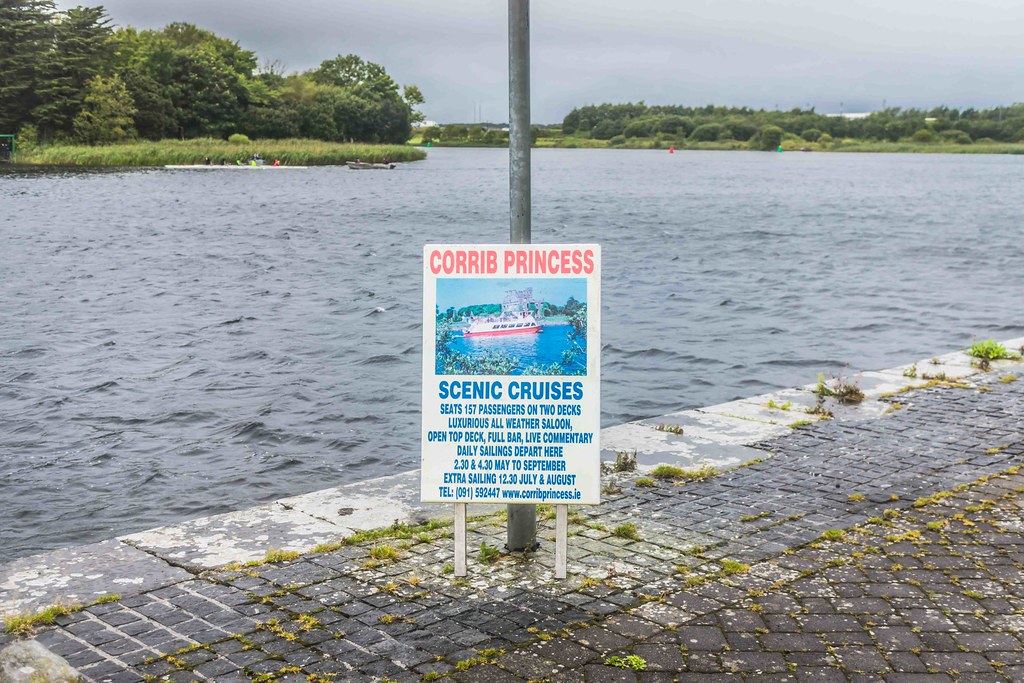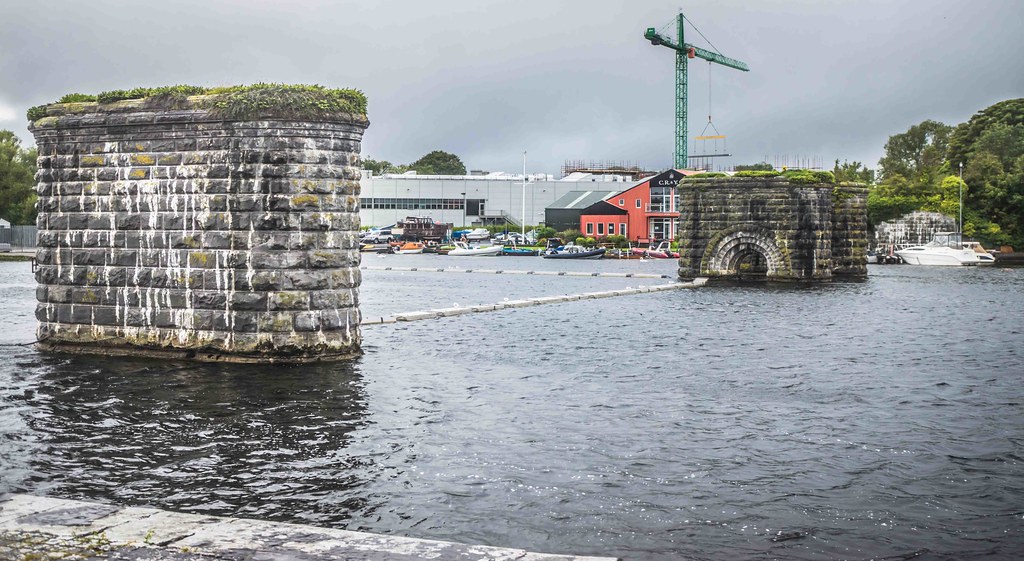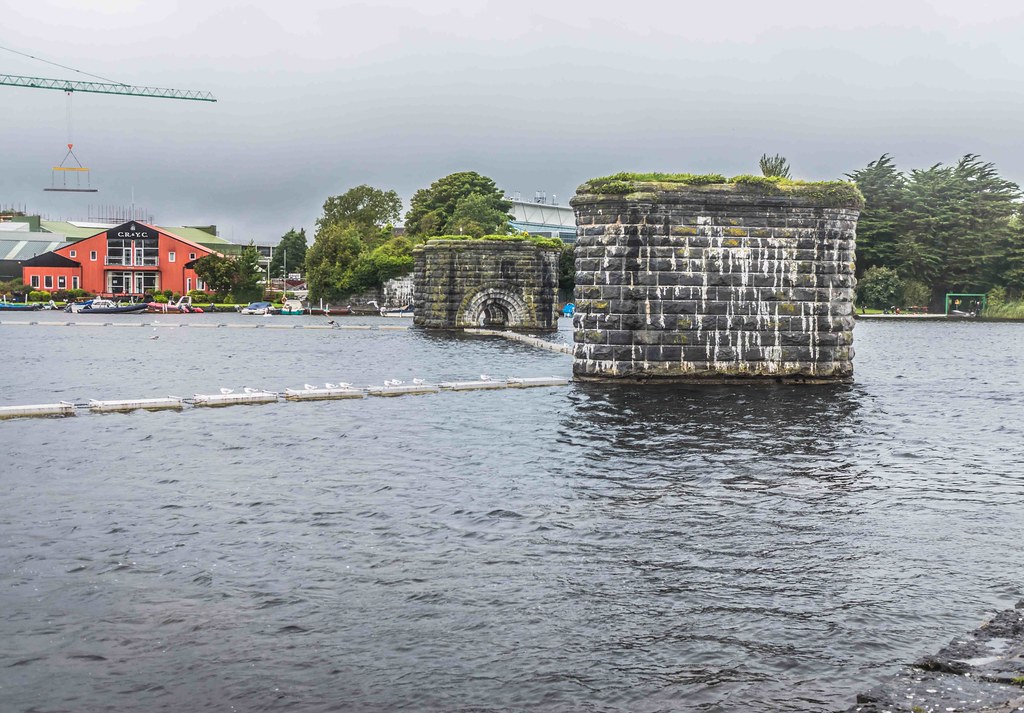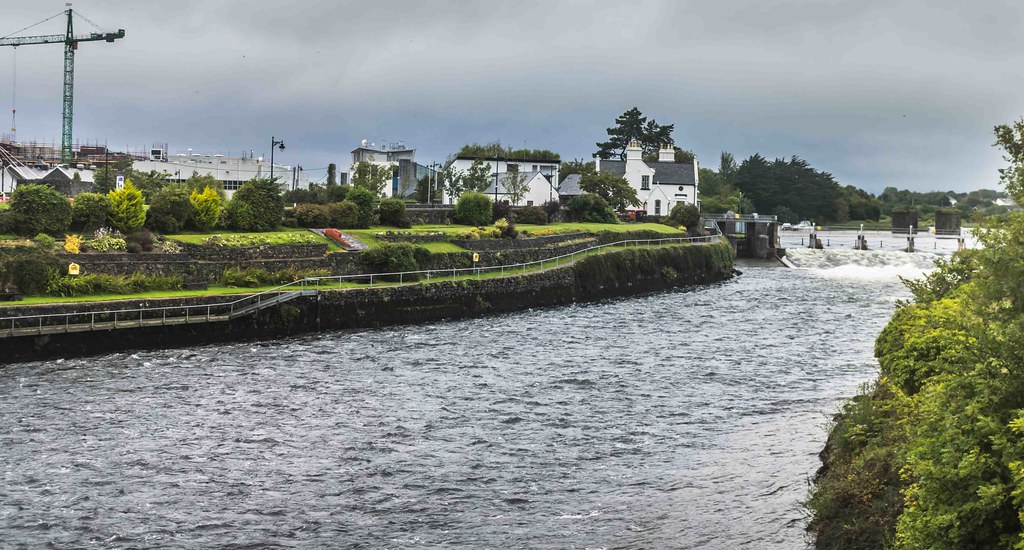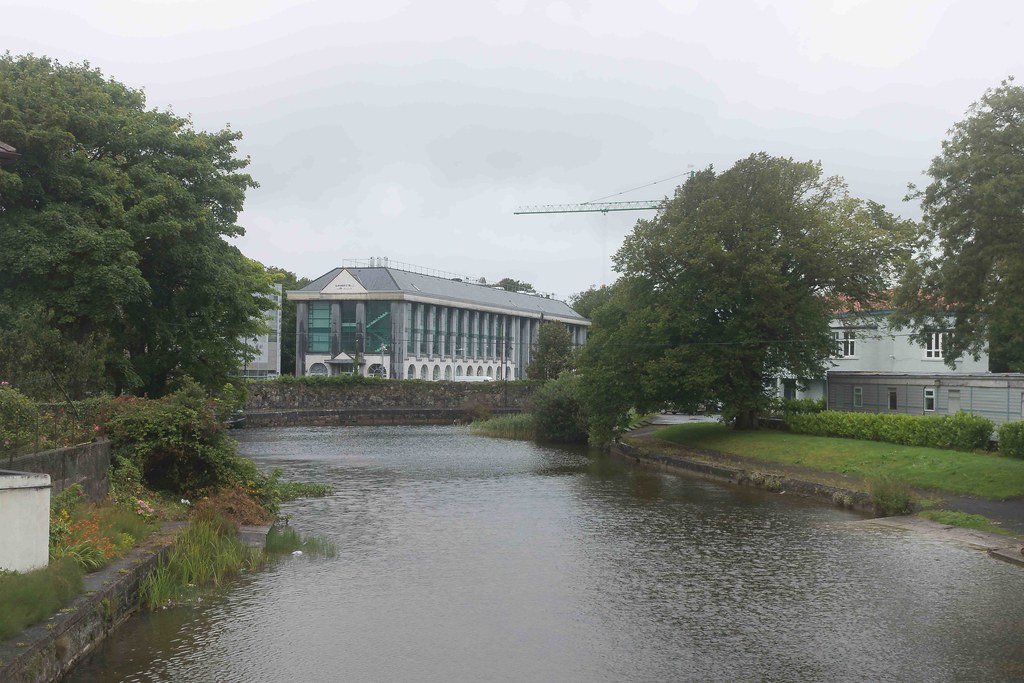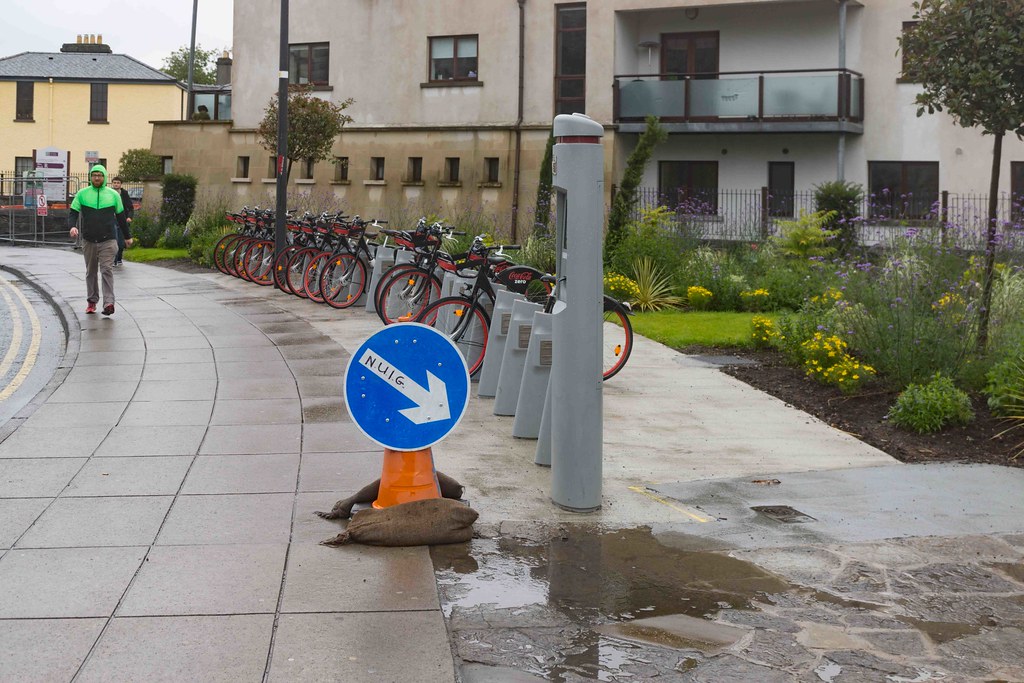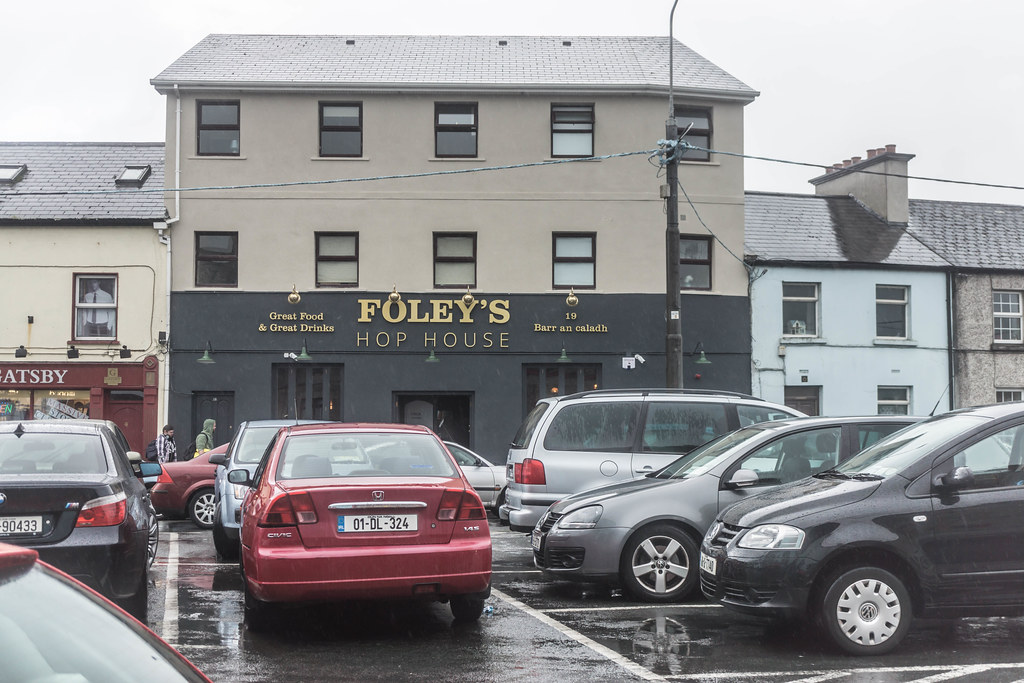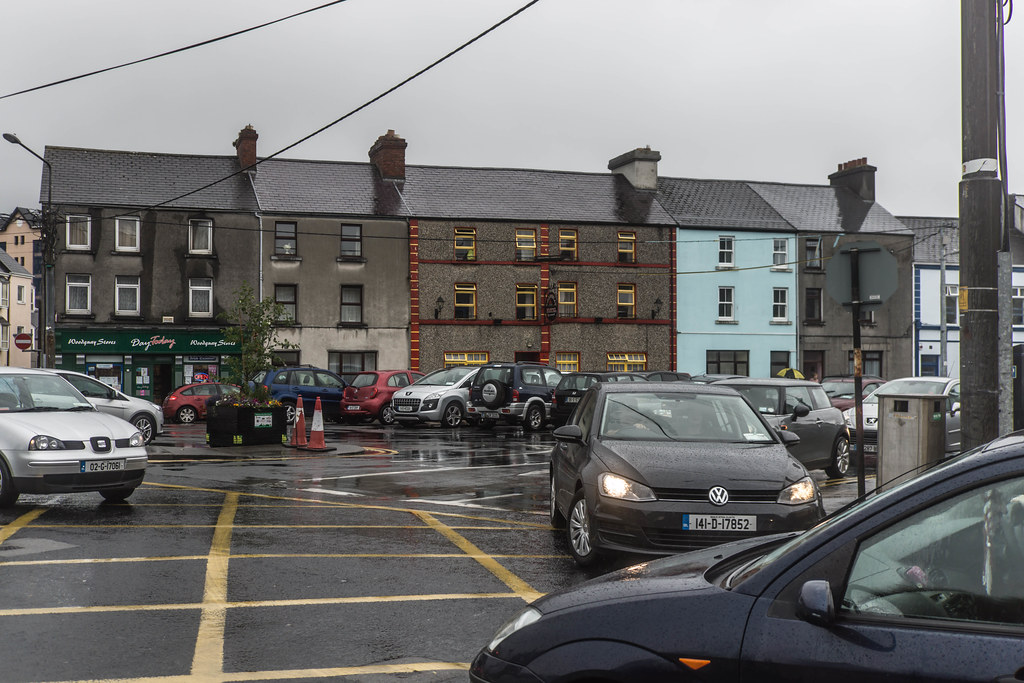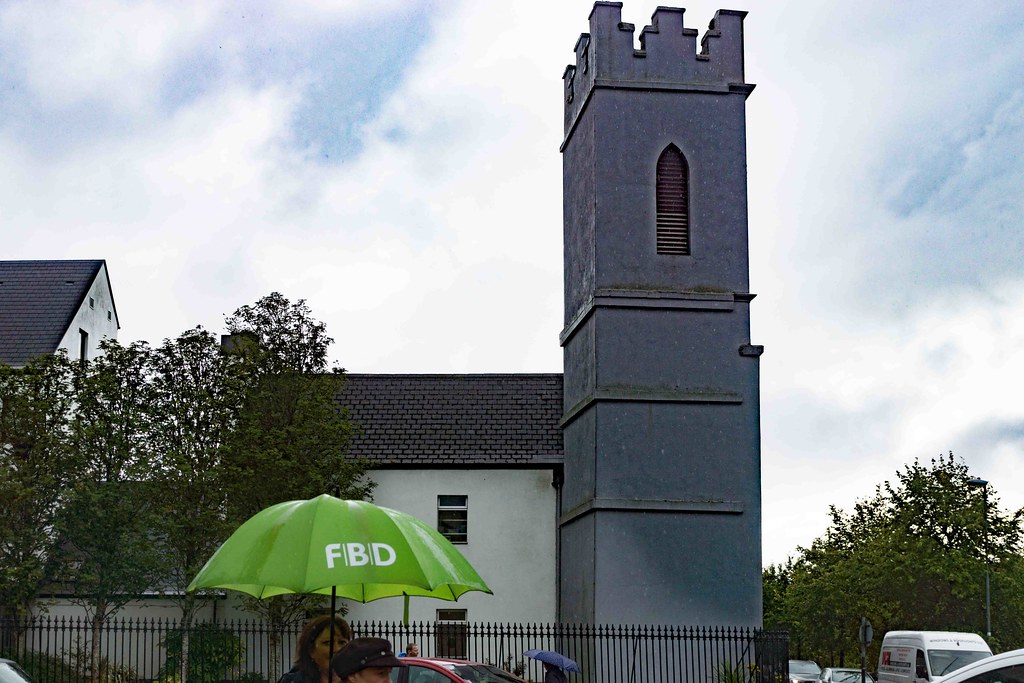GALWAY ON A REALLY WET DAY MY 2015 VISIT TO THE CITY
AUGUST 2015 VISIT:
This year I have been unlucky with the weather when I travelled outside Dublin because it rained for much of the time during any of my city visits. In the case of Galway I delayed my visit until the end of August as I had expected the weather to be good but I was disappointed.
It rained most of the time and that was a major problem as my equipment was not weatherproof. Next time things will be different as I have retired my Sony NEX-7
This year I have been unlucky with the weather when I travelled outside Dublin because it rained for much of the time during any of my city visits. In the case of Galway I delayed my visit until the end of August as I had expected the weather to be good but I was disappointed.
It rained most of the time and that was a major problem as my equipment was not weatherproof. Next time things will be different as I have retired my Sony NEX-7
LOCAL CLIMATE:
Galway has a year-round mild, moist, temperate and changeable climate, due to the prevailing winds of the North Atlantic Current. The city experiences a lack of temperature extremes, with temperatures below 0 °C (32 °F) and above 30 °C (86 °F) being rare. The city receives an average of 1,156 mm (45.51 in) of precipitation annually, which is evenly distributed throughout the year. The average January temperature in the city is 5.9 °C (43 °F) and the average July temperature is 15.9 °C (61 °F). This means that Galway, like most of Ireland, has a Maritime Temperate climate (Cfb) according to the Köppen climate classification system.
While extreme weather is rare, the city and county can experience severe windstorms that are the result of vigorous Atlantic depressions that occasionally pass along the north west coast of Ireland. Most of these storms occur between late autumn and early spring. Due to the city's northerly location and its longitude, Galway has long summer days. Daylight at midsummer is before 04:00 and lasts until after 23:00. In midwinter, daylight does not start until 08.49, and is gone by 16:19.
Galway has a year-round mild, moist, temperate and changeable climate, due to the prevailing winds of the North Atlantic Current. The city experiences a lack of temperature extremes, with temperatures below 0 °C (32 °F) and above 30 °C (86 °F) being rare. The city receives an average of 1,156 mm (45.51 in) of precipitation annually, which is evenly distributed throughout the year. The average January temperature in the city is 5.9 °C (43 °F) and the average July temperature is 15.9 °C (61 °F). This means that Galway, like most of Ireland, has a Maritime Temperate climate (Cfb) according to the Köppen climate classification system.
While extreme weather is rare, the city and county can experience severe windstorms that are the result of vigorous Atlantic depressions that occasionally pass along the north west coast of Ireland. Most of these storms occur between late autumn and early spring. Due to the city's northerly location and its longitude, Galway has long summer days. Daylight at midsummer is before 04:00 and lasts until after 23:00. In midwinter, daylight does not start until 08.49, and is gone by 16:19.
